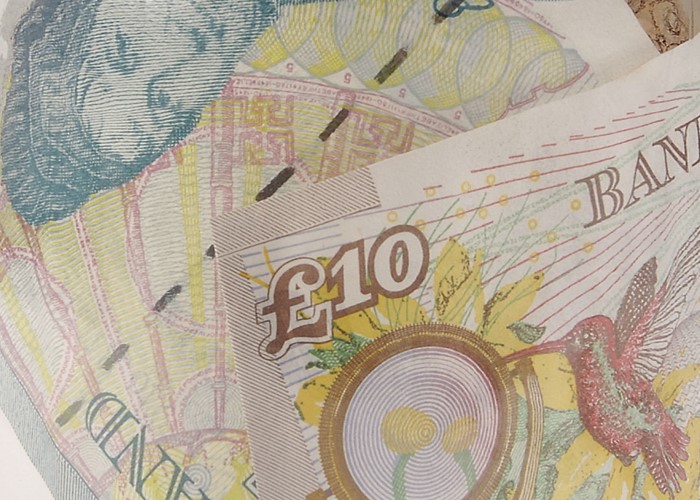Why we're all starting to save

After years of spend, spend, spending, we Brits are rediscovering the joy of saving. Indeed, the savings rate almost tripled at the end of 2008.
After six years as a financial writer, it's hardly surprising that I revisit the same topics again and again. Perhaps my most important warning has been the disturbing trend for Brits to spend on credit, rather than save for a rainy day.
The biggest borrowing binge in history
Indeed, our inability to live within our means has led to a near-tripling of personal debt in twelve years. The total soared from £495 billion in February 2007 to a record £1,458 billion last month. Thus, our borrowing increased by £963 billion -- close to a trillion pounds -- over the past dozen years.
Of course, this colossal borrowing binge was driven largely by rising house prices, which generated a huge 'wealth effect' for homeowners. In 1997, the average home cost £69,220, according to the Halifax. Ten years later, this had rocketed to £196,002, for a rise of £126,782 in a decade.
With house prices rising by an average of £1,000 a month, there was little incentive for Brits to save. Also, with lip-smacking profits available from property development and buy-to-let investing, old-fashioned saving became a thing of the past.
The fall and rise of the savings ratio
As the UK's housing wealth exploded, the savings ratio -- the proportion of our disposable income which we save -- nose-dived. Today, the amount that we save rather than spend remains a fraction of what it once was:
The UK savings ratio from 1945 to 2008
|
Period |
Low (%) |
High (%) |
|
1945-49 |
-3.3 |
0.0 |
|
1950-59 |
-2.1 |
1.9 |
|
1960-69 |
4.1 |
7.2 |
|
1970-79 |
5.0 |
10.9 |
|
1980-89 |
4.9 |
12.4 |
|
1990-99 |
5.3 |
11.7 |
|
2000-07 |
3.1 |
6.4 |
As you can see from the table above, the Noughties has been the weakest decade for saving since the post-war austerity years of the Fifties. The twin booms in housing and credit killed our inclination to save, causing the savings ratio to drop to a 49-year low.
Of course, we face very different conditions today, as the UK tries to ride out a housing market crash, credit crunch and economic recession. One thing that always happens in downturns is people start to save more. Faced with high debts, rising job insecurity, stagnating wages and an economic slump, the natural reaction is to build a safety-net. Hence, people repay debts and stash more cash in order to survive the lean years.
Thus, the good news is that, after decades of decline, the savings habit is finally making a comeback. Here are the quarterly savings ratios for last year:
|
Quarter |
Savings ratio (%) |
|
Q1/08 |
-1.3 |
|
Q2/08 |
1.1 |
|
Q3/08 |
1.7 |
|
Q4/08 |
4.8 |
In 2008, the savings ratio almost tripled in three months, rising from 1.7% in the third quarter to 4.8% by the end of the year. Nevertheless, this is still way below the post-war average, so we have some way to go before we can pat ourselves on the back.
Save harder in hard times
Sadly, three in ten households (30%) have no savings at all, so millions of adults have no rainy-day money to rely on when the chips are down. Despite a dramatic fall in savings interest rates, I believe that saving still makes sense, as nothing cushions a financial fall better than a decent nest egg or emergency fund.
Therefore, less spending, more belt-tightening and solid saving remain the order of the day. As fashionistas might drolly remark, "Thrift is the new indulgence".
Of course, a return to past prudence will harm retailers and other firms reliant on consumer spending. However, only when we have rebuilt our household balance sheets can the UK economy find a firmer footing and start growing again. Let's agree to leave wasteful spending to the government!
Find a superior savings account
More: Why your savings are safer at the bank | Why some savings accounts make me mad
Comments
Be the first to comment
Do you want to comment on this article? You need to be signed in for this feature